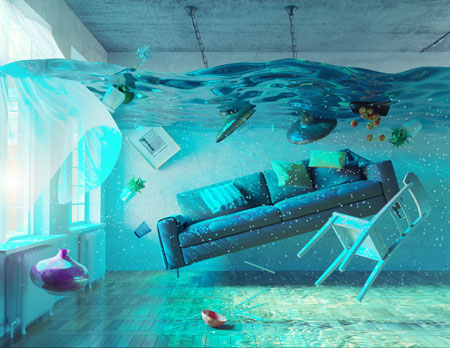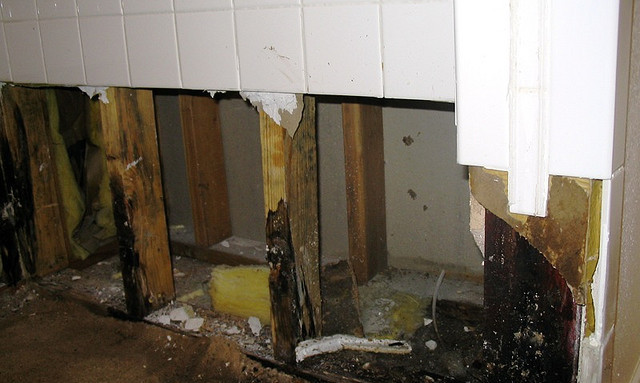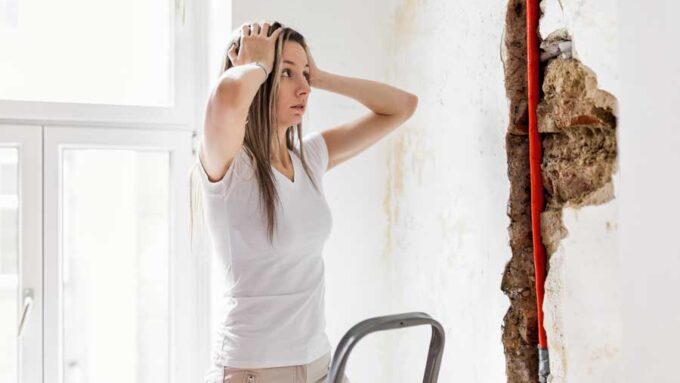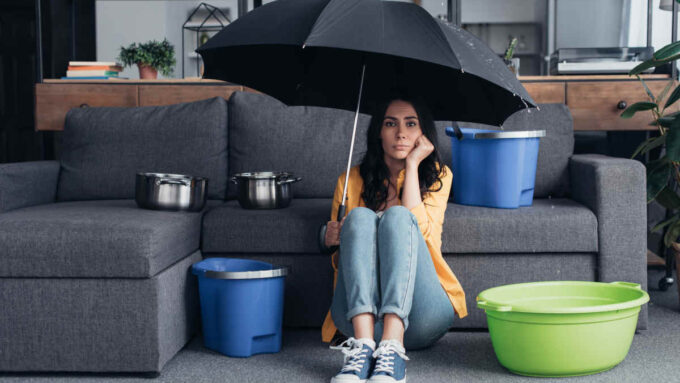Water Damage Restoration: What You Need to Know
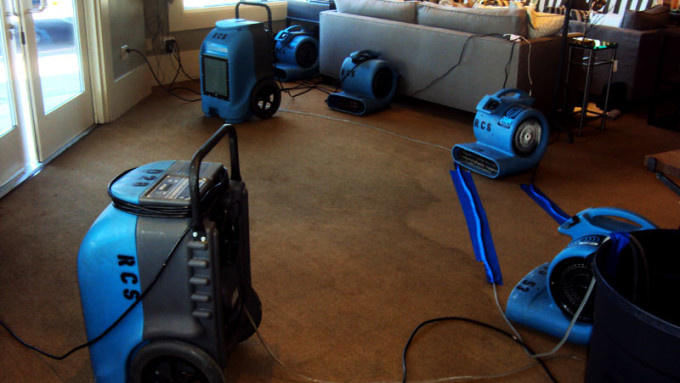
When facing the challenge of extensive water damage, understanding the latest advancements and methods in restoration is crucial to a safe, healthy home. This comprehensive guide will delve into the essentials of water damage restoration, outlining the state-of-the-art technologies and best practices in the industry. We'll explore how these advancements improve efficiency, safety, and outcomes in tackling water damage in 2024.
| Topic | Key Points |
|---|---|
| The Science of Water Damage | Understanding types of water damage and its impact |
| Innovative Technologies in Restoration | State-of-the-art equipment and techniques |
| The Restoration Process | Step-by-step guide to water damage restoration |
| Mold Remediation | Importance and methods of mold removal |
| Final Thoughts | Emphasis on professional intervention and future prevention |
The Science of Water Damage
Understanding water damage begins with recognizing its various types. Each type poses unique challenges and requires a specific approach for effective restoration. Below is a table highlighting the different types of water damage:| Types of Water Damage | Description | Potential Risks |
|---|---|---|
| Clean Water Damage | Originates from sanitary sources such as broken pipes or water supply lines. | Minimal health risk, but can quickly escalate if not addressed promptly. |
| Grey Water Damage | Comes from sources like washing machines, dishwashers, or toilet overflows with urine (no feces). | Contains contaminants that could cause illness if ingested or contacted. |
| Black Water Damage | Highly contaminated water from sources like sewage, rising flood waters, or toilet backflows with feces. | Presents severe health risks due to pathogens and toxins; requires immediate attention. |
Innovative Technologies in Restoration
The field of water damage restoration has seen significant technological advancements, leading to more efficient and effective processes. Some of these state-of-the-art tools include:- High-speed air movers: These devices facilitate faster drying by increasing air circulation.
- Dehumidifiers: Essential in reducing moisture levels, dehumidifiers prevent mold growth and secondary water damage.
- Thermal imaging cameras: These cameras detect hidden moisture, ensuring thorough drying.
- Ultrasonic cleaning: Used for cleaning and restoring delicate items damaged by water.
The Restoration Process
The process of restoring water-damaged properties involves several critical steps:- Inspection and Assessment: A thorough examination to categorize the type of water damage and outline the restoration plan.
- Water Extraction: Removing excess water as quickly as possible is vital to prevent further damage and mold growth. For more on water extraction techniques, visit Water Extraction.
- Drying and Dehumidification: After water removal, the area must be dried and dehumidified to eliminate residual moisture.
- Cleaning and Sanitizing: Ensuring the property is clean and sanitary is critical, especially in cases of grey or black water contamination.
- Restoration: This final step involves repairing or replacing damaged materials, from drywall and flooring to electrical systems.
Mold Remediation
After water damage, mold growth is a significant concern. It's crucial to address any mold issues promptly to protect the health of the property's occupants and maintain the integrity of the structure. Mold remediation involves several steps:- Mold Inspection: Identifying the presence and type of mold is the first step. For insights on mold detection, refer to 10 Warning Signs of Black Mold Exposure.
- Containment and Air Filtration: Preventing the spread of mold spores during the cleanup process is vital.
- Mold Removal: Depending on the extent of the mold, this can range from surface cleaning to removing and replacing affected materials. Learn more about our mold removal services at Mold Removal.

